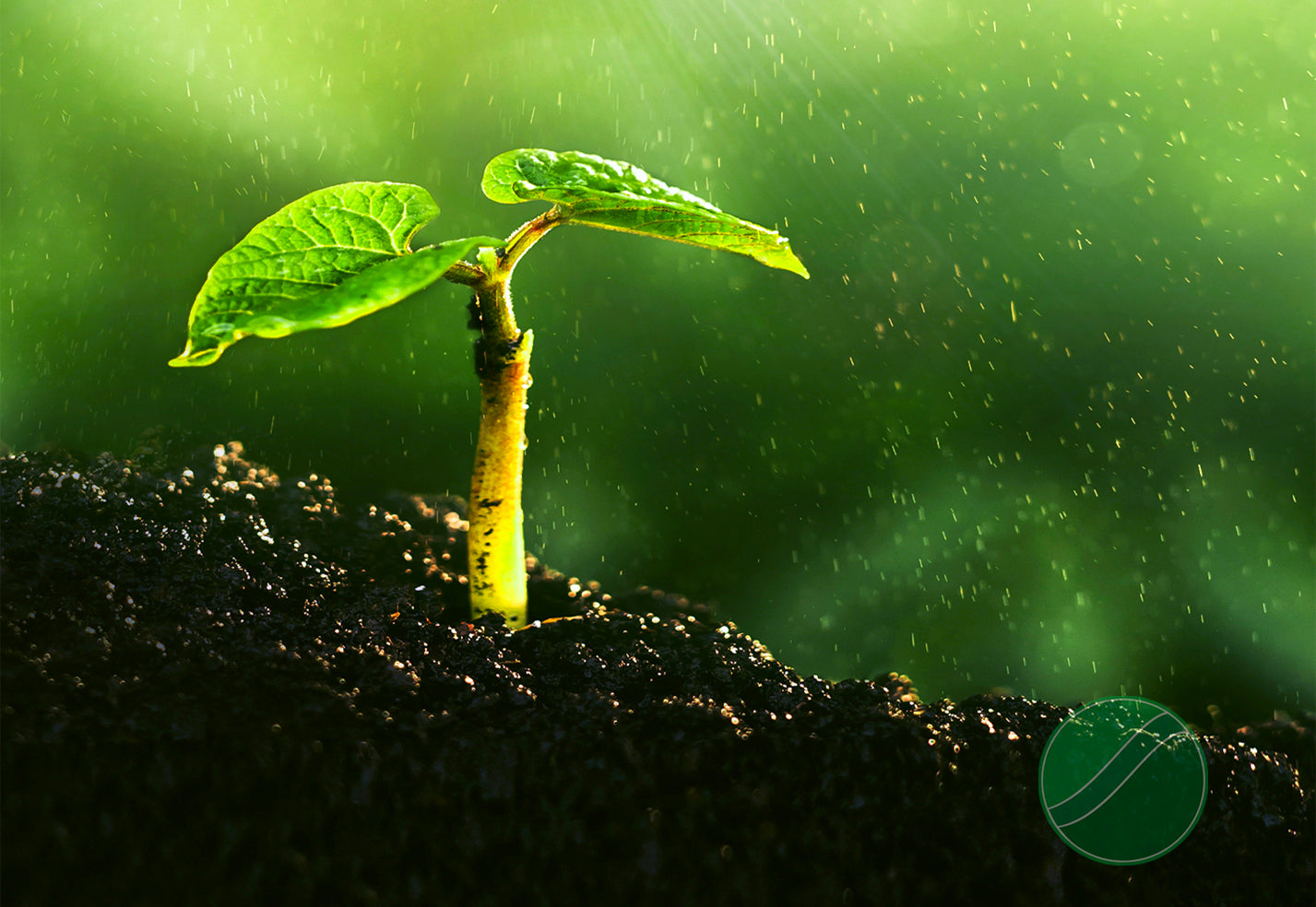The Hidden Life Beneath Our Feet: Understanding Topsoil and Its Living Microbiology
Topsoil, the uppermost layer of soil, is one of the most vital yet underappreciated resources on Earth. This precious layer, usually the top 5-10 inches, is teeming with life and plays a crucial role in sustaining ecosystems, agriculture, and, ultimately, human existence. However, topsoil is a non-renewable resource under threat from human activity and environmental changes. Understanding its living microbiology and the importance of preserving this resource is essential for sustainable agriculture and ecosystem health.
The Living Microbiology of Topsoil
Topsoil is one of the most diverse microbial ecosystems in the world. It is home to a complex community of microorganisms, including bacteria, fungi, archaea, viruses, and protozoa. These microbes are not just passive residents; they actively contribute to the health and functionality of the soil.
One particularly important group of bacteria in the soil microbiome is Bacillus. Bacillus species are known for their ability to form endospores, allowing them to survive in harsh environmental conditions. They play several critical roles in soil health:
- Plant Growth Promotion: Bacillus bacteria produce growth-stimulating hormones and enhance nutrient uptake, making them vital allies for plant roots.
- Disease Suppression: Some Bacillus species can outcompete or inhibit soil-borne pathogens, protecting plants from diseases.
- Organic Matter Decomposition: Bacillus contributes to the breakdown of organic matter, recycling nutrients and maintaining soil fertility.
The Crucial Role of Topsoil
Topsoil provides humans with up to 98.8% of the food we eat. Its rich, organic layer is where most plant roots grow and where essential nutrients are found. Without healthy topsoil, agricultural productivity would plummet, threatening global food security. However, the Food and Agriculture Organization (FAO) predicts that due to human activity and climate change, soil erosion could result in between 20-80% losses in agricultural yields, depending on the soil.
Despite its critical importance, topsoil is a non-renewable resource. New topsoil forms at a sluggish rate of only 0.25-1.5mm per year, which is much slower than the rate at which it is being degraded and lost. Human activities such as deforestation, overgrazing, and unsustainable farming practices accelerate soil erosion and degradation. Additionally, climate change exacerbates these issues, leading to more frequent and severe weather events that further erode topsoil.
The Risk of "Soil Death"
Soil can "die" when its living microbiology is disrupted or destroyed. This can happen due to several factors:
- Chemical Pollution: Excessive use of pesticides and fertilizers can kill beneficial soil microbes, disrupting the balance of the soil ecosystem.
- Soil Erosion: The removal of the topsoil layer through erosion strips away the nutrient-rich, biologically active part of the soil, leaving behind less fertile subsoil.
- Compaction: Heavy machinery and overgrazing can compact soil, reducing its porosity and limiting the movement of air and water, which are essential for microbial activity.
Carbon Sequestration and Soil Health
Soil microbiomes also play a significant role in carbon sequestration, which is the process of capturing and storing atmospheric carbon dioxide. Healthy soils with robust microbial activity can store large amounts of carbon, helping to mitigate climate change. Microbes decompose organic matter, which leads to the formation of stable soil organic carbon compounds. This process not only enriches soil fertility but also reduces the amount of carbon dioxide in the atmosphere.
Preserving and Enhancing Topsoil Health
To prevent the loss and degradation of topsoil, we must adopt sustainable soil management practices. Here are some strategies:
- Cover Cropping: Planting cover crops can protect soil from erosion, improve soil structure, and enhance soil organic matter.
- Reduced Tillage: Minimizing tillage helps maintain soil structure, reduce erosion, and preserve microbial habitats.
- Organic Amendments: Adding compost and other organic materials to soil can boost microbial activity and improve soil health.
- Integrated Pest Management (IPM): Using IPM practices reduces the reliance on chemical pesticides, preserving beneficial soil microbes.
Topsoil is a vital, living resource that supports life on Earth. Its diverse microbial ecosystem plays a critical role in maintaining soil health, fertility, and agricultural productivity. However, topsoil is a non-renewable resource under threat from human activity and environmental changes. To ensure sustainable agriculture and ecosystem health, we must understand, protect, and enhance our topsoil and its living microbiology. By adopting sustainable soil management practices, we can preserve this precious resource for future generations.
